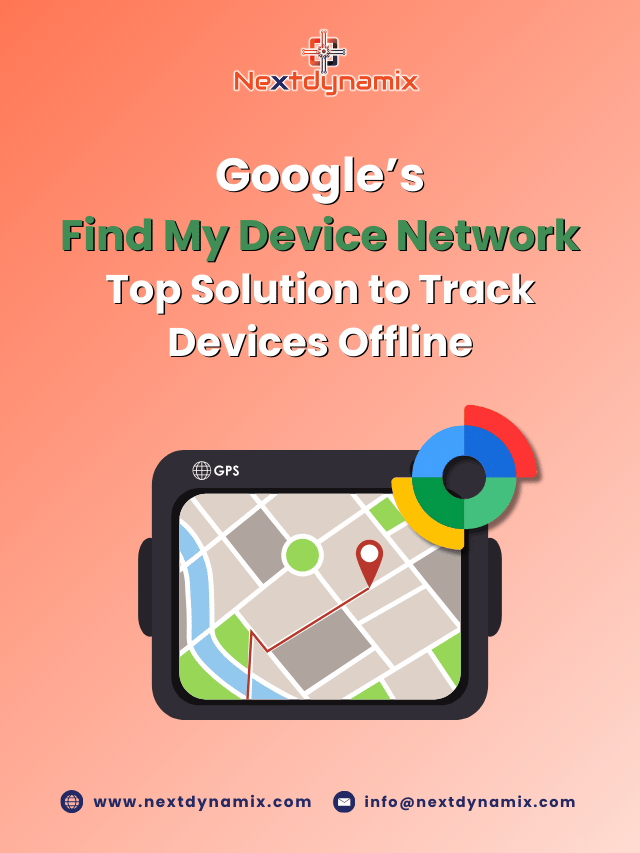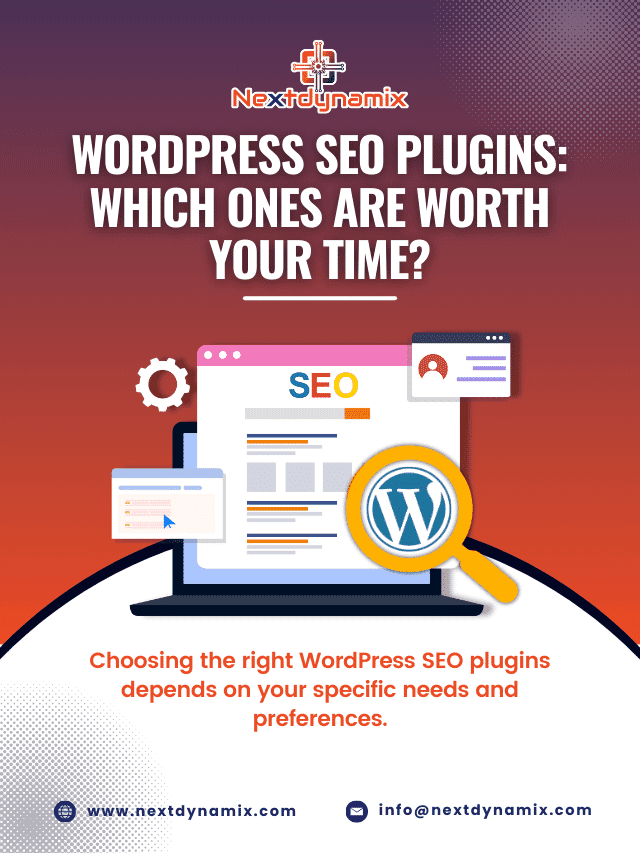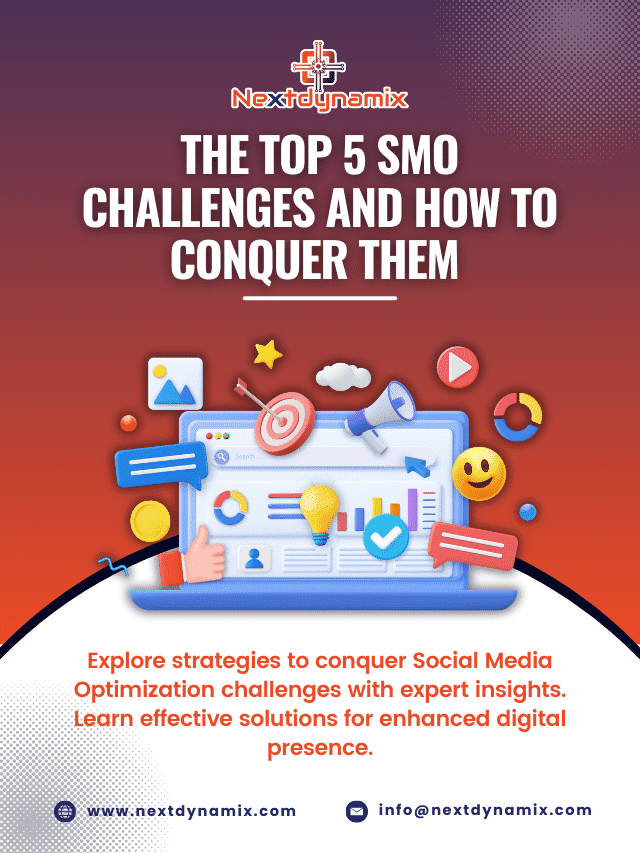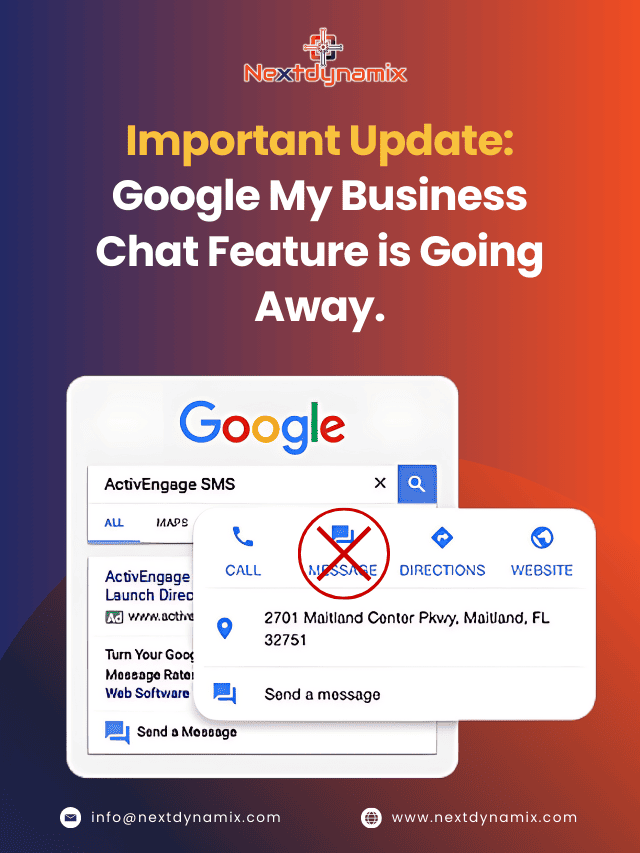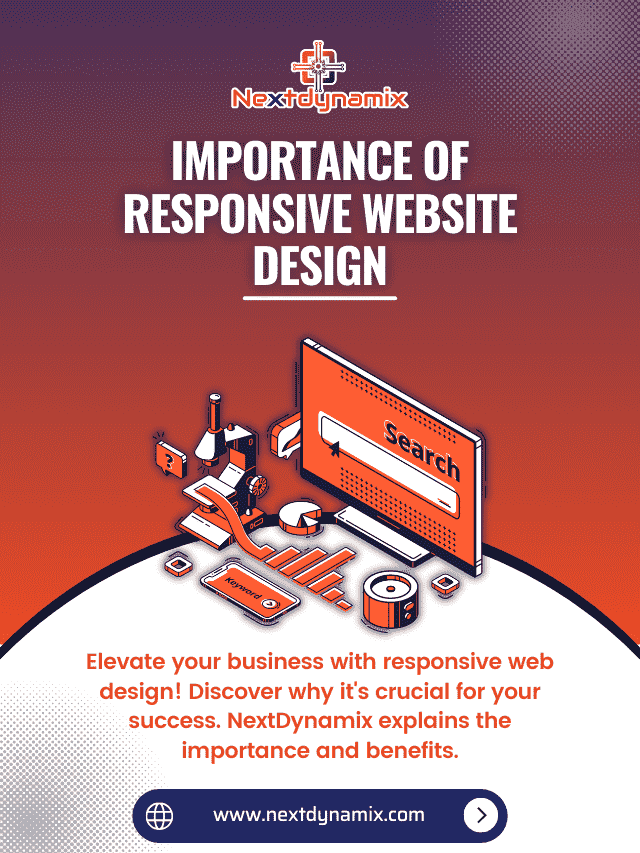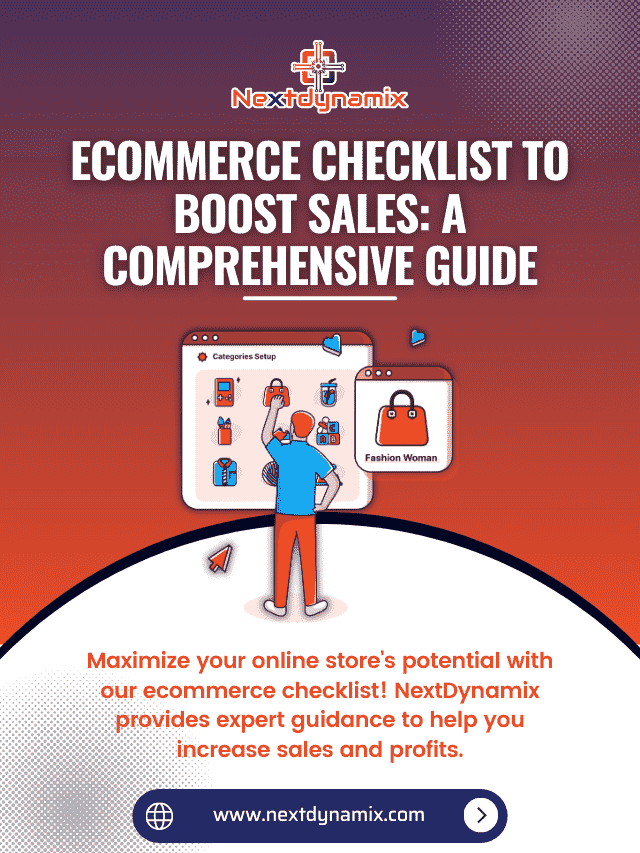The Top 5 SMO Challenges and How to Conquer Them
In the digital age, social media optimization (SMO) has become an indispensable part of a successful online marketing strategy. Social media platforms offer a vast audience and unique opportunities to engage with potential customers. However, navigating the ever-changing landscape of social media can be challenging due to various SMO challenges.
These challenges include keeping up with platform algorithm changes, creating engaging and relevant content, managing multiple social media accounts, measuring the effectiveness of social media campaigns, and staying ahead of competitors. Successfully addressing these SMO challenges is crucial for maximizing the benefits of social media marketing and achieving a strong online presence.
So, in this blog post, we will explore the top 5 SMO challenges that businesses often face and provide actionable strategies to conquer them.
Algorithm Changes: Staying Ahead of the Game

One of the most significant SMO challenges is coping with the constant algorithm changes on social media platforms. These changes can drastically affect the visibility of your content and engagement with your audience. Here’s how to conquer this challenge:
- Stay Informed: Regularly monitor updates and changes in algorithms for major social media platforms like Facebook, Instagram, Twitter, and LinkedIn. Subscribe to industry newsletters and follow official social media blogs for announcements.
- Diversify Your Platforms: Relying on a single platform can be risky. Diversify your presence across multiple platforms to reduce the impact of algorithm changes on your overall SMO strategy.
- Quality Content: Focus on creating high-quality, engaging content that aligns with your audience’s interests. Algorithms tend to reward content that generates meaningful interactions.
- Paid Advertising: Consider paid advertising to ensure your content reaches your target audience, especially during algorithmic fluctuations.
Declining Organic Reach: Building Meaningful Connections

As social media platforms evolve, organic reach has been steadily declining. It means your posts are less likely to be seen by your followers without paid promotion. To conquer this challenge:
- Focus on Engagement: Encourage meaningful interactions on your posts, such as comments and shares. Respond promptly to comments and messages to foster a sense of community around your brand.
- Use Stories and Live Videos: Platforms like Instagram and Facebook prioritize stories and live videos, which can help you reach a larger audience organically.
- Leverage User-Generated Content: Encourage your followers to create content related to your brand and share it. User-generated content can increase your reach and credibility.
- Explore Niche Communities: Look for niche social media platforms or groups where your target audience congregates. These communities often have higher organic reach and engagement rates.
Content Saturation: Standing Out in a Crowded Space
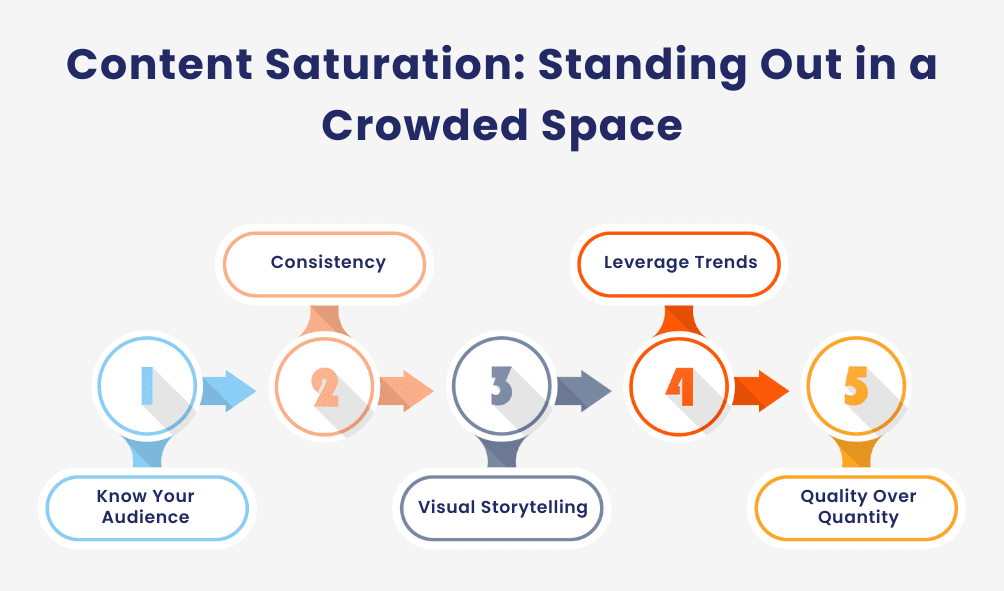
With billions of posts being shared daily, standing out on social media is becoming increasingly challenging. To conquer content saturation:
- Know Your Audience: Conduct thorough audience research to understand your target demographic’s preferences and pain points. Tailor your content to resonate with them.
- Consistency: Maintain a consistent posting schedule to keep your audience engaged and informed. Consistency helps build trust and loyalty.
- Visual Storytelling: Use visually appealing content, such as infographics, videos, and graphics, to convey your message quickly and effectively.
- Leverage Trends: Stay updated with trending topics and incorporate them into your content strategy when relevant. Trend-related posts can boost your visibility.
- Quality Over Quantity: Focus on producing valuable, high-quality content rather than flooding your feeds with mediocre posts. Quality content tends to perform better.
Negative Comments and Public Relations: Handling Online Criticism
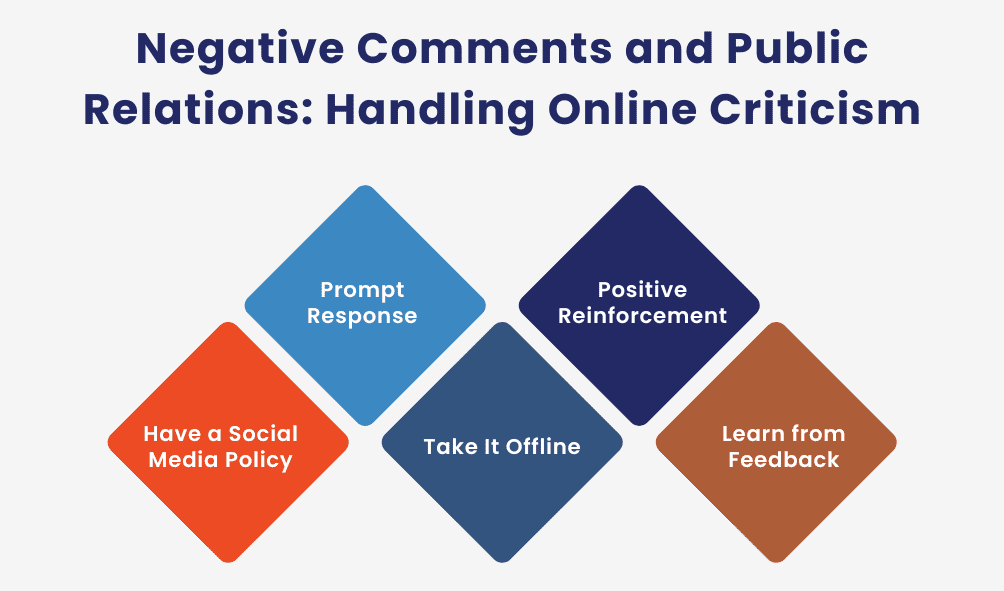
In the digital age, negative comments and criticism are virtually inevitable. How you handle these situations can significantly impact your brand’s reputation. To conquer this challenge:
- Have a Social Media Policy: Establish a clear social media policy for your team that outlines how to respond to negative comments and criticism. Ensure you train your team members in handling such situations professionally.
- Prompt Response: Address negative comments promptly and professionally. Offer solutions or ask for feedback to show that you value your customers’ opinions.
- Take It Offline: If a negative situation escalates, offer to continue the conversation privately through direct messages or email. Avoid public back-and-forths.
- Positive Reinforcement: Highlight positive comments and testimonials from satisfied customers to counterbalance negative feedback.
- Learn from Feedback: Use constructive criticism as an opportunity to improve your products, services, or content. Show your audience you are open to feedback and willing to make positive changes.
Measuring ROI and Effectiveness: The Data Challenge

Determining the return on investment (ROI) of your SMO efforts can be challenging, especially when it comes to measuring the impact on brand awareness and customer loyalty. To conquer this challenge:
- Set Clear Objectives: Establish specific and measurable objectives for your SMO campaigns. Whether it’s increasing website traffic, lead generation, or brand awareness, having clear goals will make it easier to measure success.
- Use Analytics Tools: Leverage analytics tools provided by social media platforms and third-party analytics software to track key performance indicators (KPIs) such as engagement, reach, clicks, and conversions.
- Attribution Modeling: Implement attribution modeling to understand how different touchpoints contribute to conversions. It helps in allocating resources effectively across your SMO channels.
- Customer Surveys: Conduct customer surveys to gauge brand perception and customer satisfaction. This qualitative data can complement quantitative analytics.
- A/B Testing: Continuously experiment with different content types, posting schedules, and ad campaigns. A/B testing can provide insights into what works best for your audience.
Conclusion
Social media optimization is a dynamic field that requires adaptability and strategic thinking. Conquering these top 5 SMO challenges—algorithm changes, declining organic reach, content saturation, negative comments, and measuring ROI—requires staying informed, engaging with your audience, and using data-driven insights. By implementing the strategies outlined in this blog post, you can navigate the ever-changing landscape of social media and build a strong and effective SMO strategy for your business. Remember, success in SMO is an ongoing process that requires continuous learning and adaptation.
At Nextdynamix, We Have Pros and Peers for More Insights!
Connect with our professional web and app specialists to achieve impeccable development and seamless execution. Allow us to comprehend your industry obstacles and deliver efficient solutions, unlocking your business potential.
Contact us today for further information


